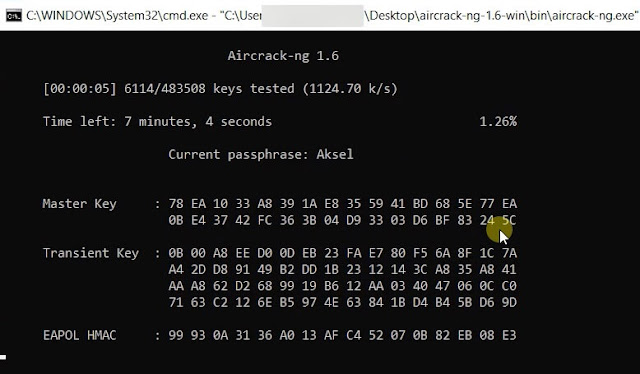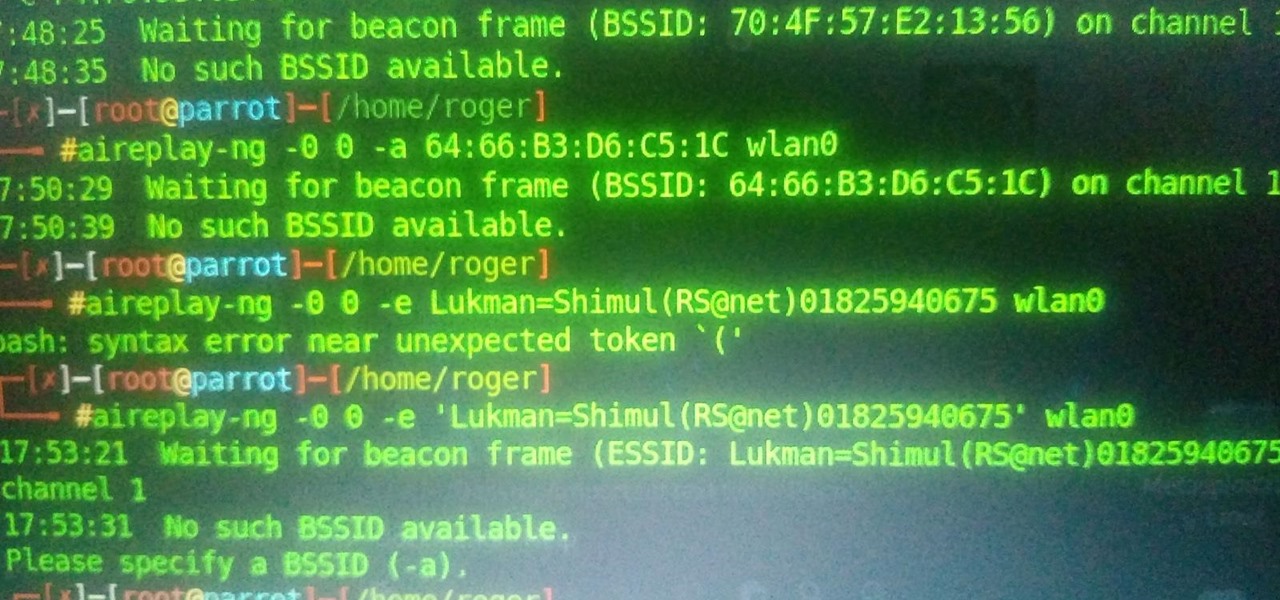

Show detailed description of information elements (IE).Display detailed information for wireless network: network name (SSID), signal level (RSSI), MAC address (BSSID), signal quality, channel, achievable and maximum data rate, encryption, channel utilization, clients etc.Support for 20, 40, 80, 160 and 80+80 MHz channel widths.Support for 2.4 and 5 GHz frequency bands.They indicate Transmitted and Non-Transmitted BSSID with specific icons and provide the capability to drill in further as shown in the screenshots below. I’ve also used the EtherScope nXG to visualize Multiple BSSID. Import my frame capture (linked below) into WiFi Explorer. You’ll need a Wi-Fi 6 capable device or capture file to import.

Using WiFi Explorer you can find these exact same details without needing to do a frame capture. You can do a frame capture and open the pcap inside of Wireshark just as I’ve shown above. You can find these details in a few ways. Devices need to know what’s required to join these SSIDs. Within the Nontransmitted BSSID Profile you’ll find all the capabilities for the additional SSIDs. Nontransmitted BSSID Profile – One for each of the non-transmitted BSSIDs containing their information Max BSSID Indicator – Carries number of active BSSIDs in the multiple BSSID set The Multiple BSSID element contains useful information:

Nontransmitted BSSID Profiles Inside a nontransmitted BSSID Profile Inside of the subelement are the non-transmitted BSSIDs and their information. This element contains the info we need to identify all the SSIDs being broadcasted. Within the frame capture, you’ll find another element – Multiple BSSID. You can also do this with the AirCheck G3. I use the EtherScope nXG to capture my Wi-Fi 6/6E frames. The remaining SSIDs configured on the AP are Non-Transmitted BSSID. In my capture, you’ll see one SSID in the beacon frame: Test-Net.

I’ve included a Wireshark capture from my test AP where I’ve configured 4 different SSIDs – Test-Net, Frame Thrower, Slurp Fish, and Banter. You’ll find the Multiple BSSID information from within the beacon and probe response frame. 10 years later we’re now making it mandatory to use. Multiple BSSID was first defined in 802.11v-2011. I love how we bring existing methods into newer protocols many years later. We’ve been told to keep broadcasted SSIDs to a maximum of three due to beacon overhead.Īirtime from multiple BSSIDs will contribute to airtime utilization resulting in wasted capacity and low efficiency. Prior to Wi-Fi 6/6E, multiple SSIDs from an access point would be broadcasted by its own individual BSSID. The multiple SSIDs will correspond to a single SSID. Multiple BSSID is the advertisement of colocated SSIDs in a single beacon or probe response frame.


 0 kommentar(er)
0 kommentar(er)
